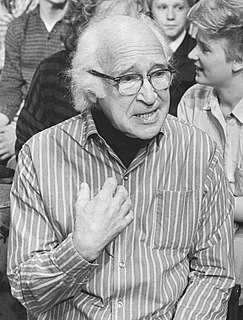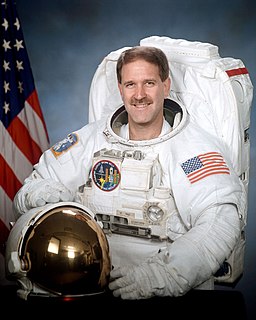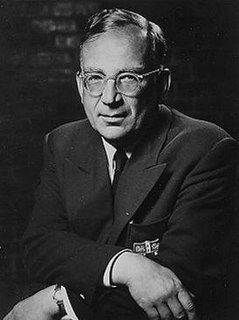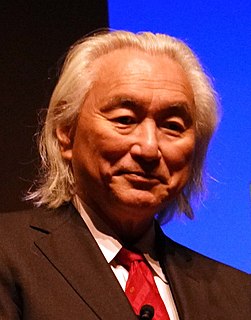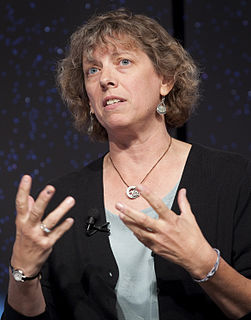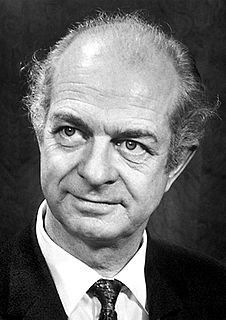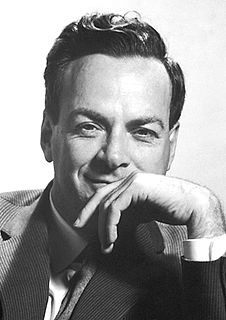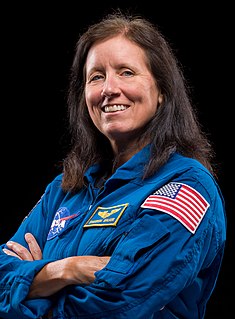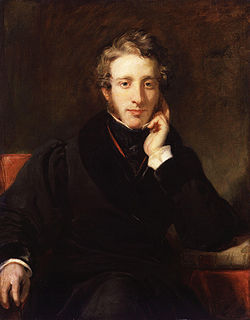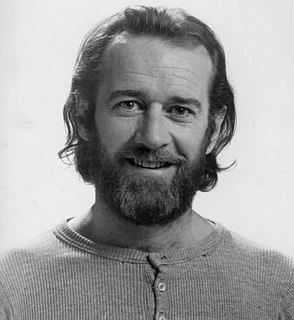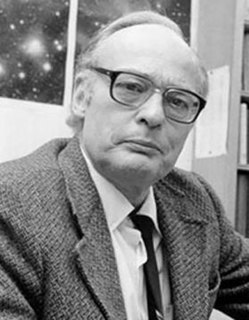A Quote by John D. Barrow
If all the stars and galaxies in the universe today were smoothed out into a uniform sea of atoms, there would only be about one atom in every cubic meter of space.
Related Quotes
Every atom is trying to go and join itself to the next atom. Atoms after atoms combine, making huge balls, the earths, the suns, the moons, the stars, the planets. They in their turn, are trying to rush towards each other, and at last, we know that the whole universe, mental and material, will be fused into one.
You know; when I look at the night sky and I see this enormous splendor of stars and galaxies, I sometimes ask the question, well how many worlds are we talking about? Well do the math, there are about 100 billion galaxies that are in the visible universe and each galaxy in turn contains about 100 billion stars, you multiply and you get about ten billion trillion stars. Well I think it is the height of arrogance to believe that we are alone in the universe, my attitude is that the universe is teaming, teaming with different kinds of life forms
I love individuals. I think people are terrific as I meet and get to know them. I like imagination. I like the freedom that this society manages to parcel out to us in the midst of the rest of what they do to you. I also like thinking about the fact that the atoms in me are the same atoms that are in all the rest of the universe, and that every one of those atoms came from the middle of a star. In other words, it's only me out there.
The stars begin to fade like guttering candles and are snuffed out one by one. Out in the depths of space the great celestial cities, the galaxies cluttered with the memorabilia of ages, are gradually dying. Tens of billions of years pass in the growing darkness ... of a universe condemned to become a galactic graveyard.
In some sense, what you might have suspected from the first day of high-school chemistry is true: The periodic table is a colossal waste of time. Nine out of every 10 atoms in the universe are hydrogen, the first element and the major constituent of stars. The other 10 percent of all atoms are helium.


